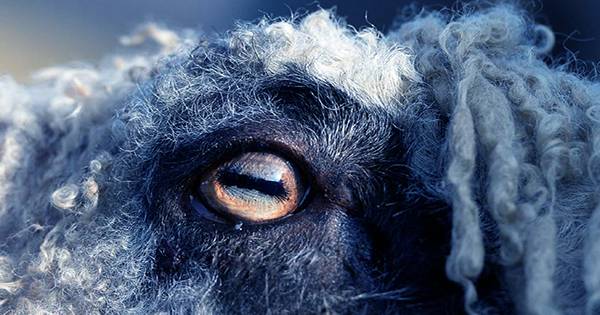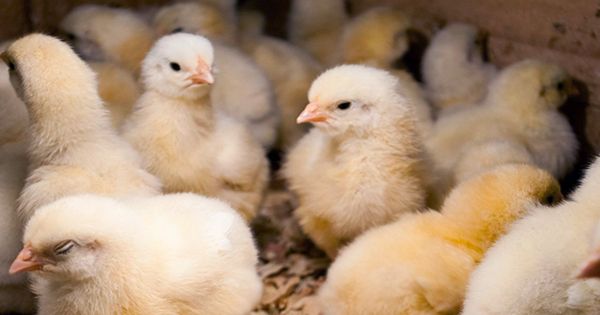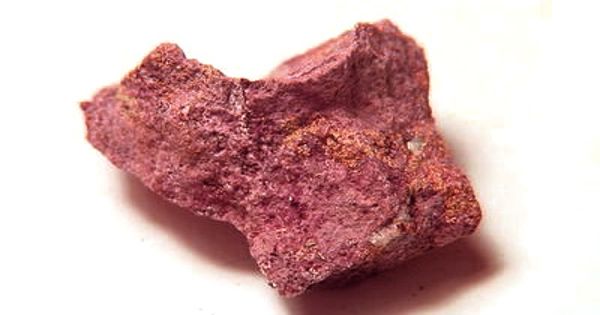To become a female lizard, bearded dragon embryos can activate two alternative sets of genes, one activated by the sex chromosomes and the other activated by high temperatures throughout development. These new findings were published in the journal PLOS Genetics on April 15th by Sarah Whiteley and Arthur Georges of the University of Canberra.
The name of the bearded dragon is accurate: It has armor made of prickly reptilian scales, including a “beard” of spikes under its chin that swells up depending on its mood, just like a dragon. Bearded dragons come in eight different species, all of which are lovingly referred to as “beardies.”
Bearded dragons are one of the most popular pet reptiles because they are friendly, curious, and active during the day. Pogona vitticeps, the central bearded dragon, is the most commonly kept as a pet.
The sex of a developing embryo in many reptiles and fish is determined by the temperature of the surrounding environment. Temperature-dependent sex determination was found in the 1960s, but despite half a century of intensive investigation, scientists have yet to figure out the molecular details of how it works.
In a new study, researchers looked into the metabolic processes required to produce a female bearded dragon by researching this phenomenon in bearded dragons. ZZ chromosomes are found in male bearded dragons, while ZW chromosomes are found in female bearded dragons.
The most exciting component of this work is the discovery that the mechanism involves ubiquitous and highly conserved cellular processes, signaling pathways, and epigenetic processes of chromatin modification. This new knowledge is bringing us closer to understanding how temperature determines sex, so it is a very exciting time to be in biology.
Sarah Whiteley
Bearded dragons require a warm environment to thrive. They’re cold-blooded and rely on external heat sources to maintain a constant body temperature that changes with the temperature of their surroundings.
They warm themselves by basking in the sun and can burrow underground to avoid predators and intense temperatures. Hot temperatures, on the other hand, can cause ZZ sex chromosomes to overcome, leading a male lizard to develop as a female.
Bearded dragons aren’t choosy when it comes to food. They can grasp and crush hard-shelled insects like beetles with their powerful jaws. They’ll eat foliage, flowers, fruit, and the occasional tiny lizard or rodent as omnivores.
In bearded dragons with ZW chromosomes compared to ZZ animals subjected to high temperatures, Whiteley and Georges looked at which genes were turned on throughout development. They revealed that while the two types of females had different sets of developmental genes activated at first, the pathways eventually converge to form ovaries.
The findings back up recent research that suggests ancient communication pathways within the cell aid in the translation of high temperatures into a sex reversal. The new research is the first to indicate that the bearded dragon has two ways of producing an ovary, bringing us closer to understanding how temperature affects sex.
Several candidate genes for temperature-dependent sex determination are also identified in the study. These findings establish the groundwork for further research into each gene’s role in temperature sensing and sexual development.
Female bearded dragons are thought to have an exceptional capacity for storing sperm, allowing them to produce two clutches of 11 to 30 eggs from a single mating. Bearded dragons are also slower learners as a result of warmer temperatures throughout development.
Whiteley adds, “The most exciting component of this work is the discovery that the mechanism involves ubiquitous and highly conserved cellular processes, signaling pathways, and epigenetic processes of chromatin modification. This new knowledge is bringing us closer to understanding how temperature determines sex, so it is a very exciting time to be in biology.”
















